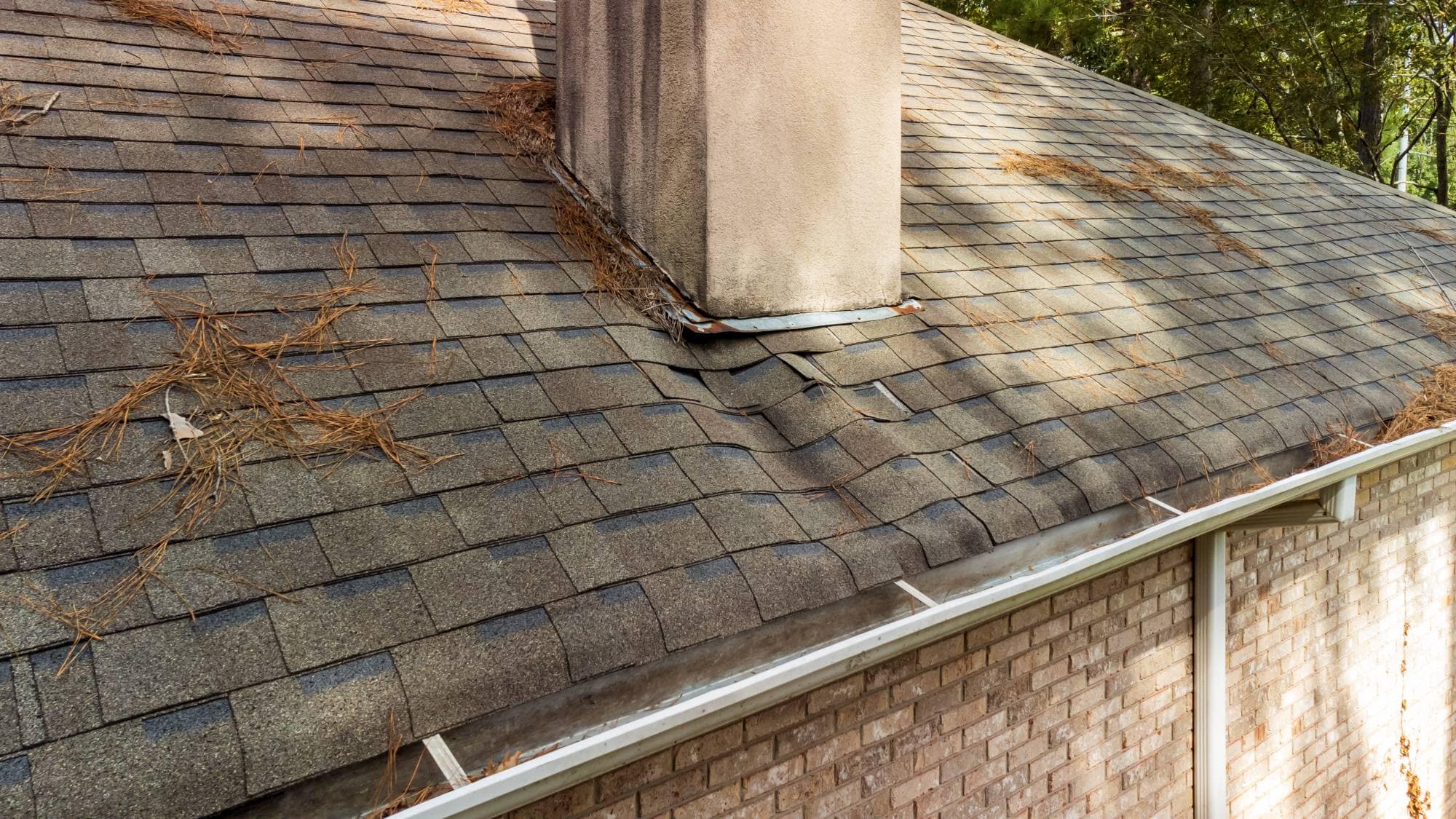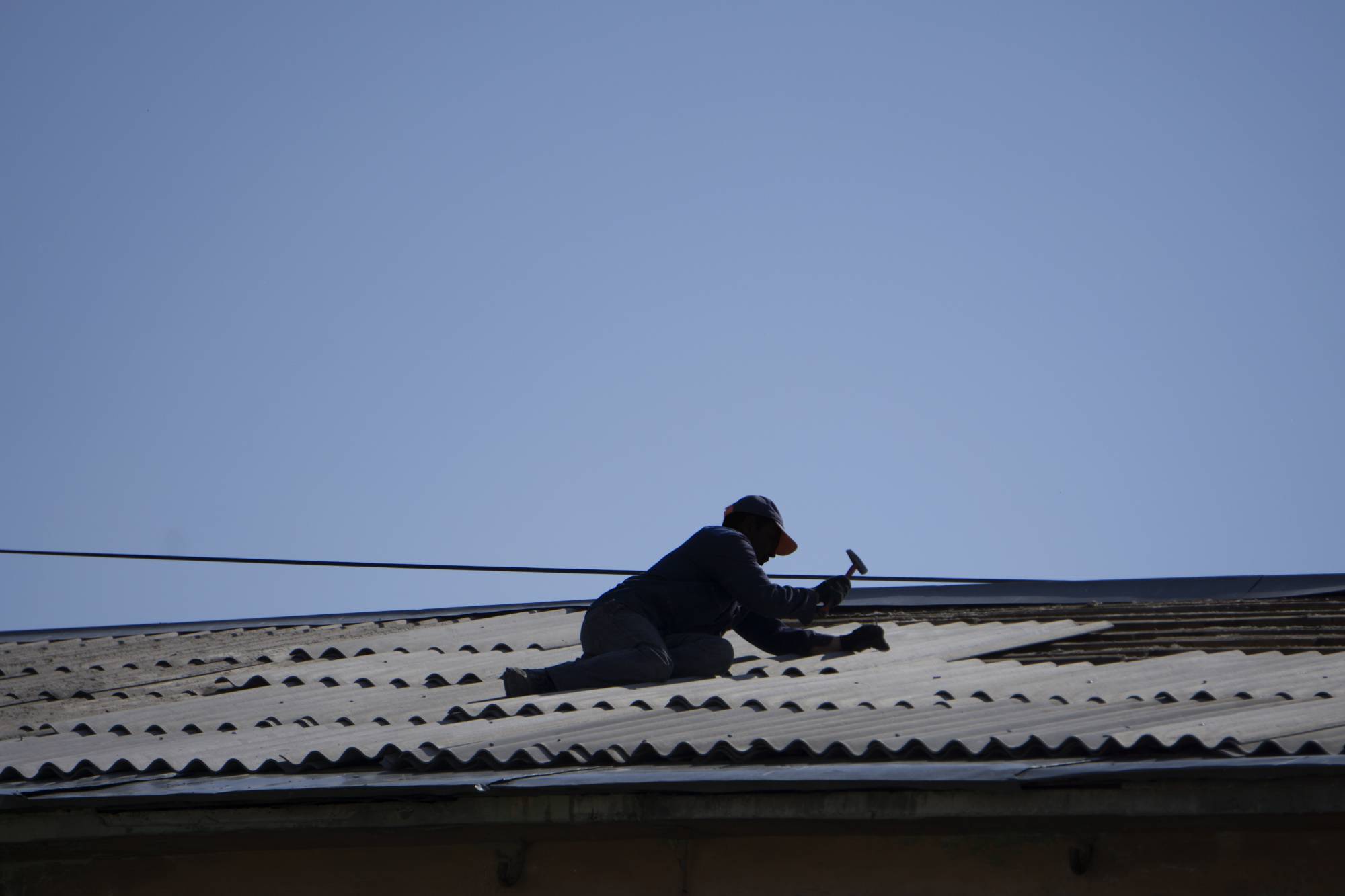Simple flashing repairs usually run $400 to $800, depending on how much of the flashing needs replacement and how accessible your chimney is. Crown sealing or minor crown repair typically costs $300 to $600. More extensive repairs—like complete flashing replacement or crown rebuilding—can range from $800 to $2,500. If there’s been significant water damage that requires masonry work or structural repairs, costs can go higher, but we always provide a detailed estimate before starting any work. The key is catching problems early. A $400 flashing repair today prevents the $3,000 interior water damage repair next year. We’ll always tell you what needs immediate attention versus what can wait, so you can prioritize your budget appropriately.




